Твердосплавные стержни являются переломным моментом в отраслях, где требуются долговечность, точность и эффективность режущих инструментов, автомобильных компонентов и специализированного производственного оборудования. Известные своей упругостью, твердостью и износостойкостью, твердые твердосплавные стержни бывают различных марок и составов, предназначенных для различных областей применения. Но что именно представляют собой твердые твердосплавные стержни и почему они так высоко ценятся?
Давайте погрузимся в мир твердых твердосплавных стержней и рассмотрим все, начиная от сырья и заканчивая рекомендациями по выбору, производственными процессами, а также плюсами и минусами различных марок твердого сплава.
Что такое твердый твердосплавный стержень?
Твердый твердосплавный стержень - это, по сути, заготовка для инструмента, изготовленная из карбида вольфрама (WC), который соединен с металлическим связующим, обычно кобальтом (Co). Эти стержни являются отправной точкой для производства высокопроизводительных режущих инструментов, таких как сверла, фрезы, развертки и концевые фрезы. Известные своей чрезвычайной твердостью и долговечностью, твердосплавные стержни играют важнейшую роль в производстве, где точность и долговечность имеют ключевое значение.
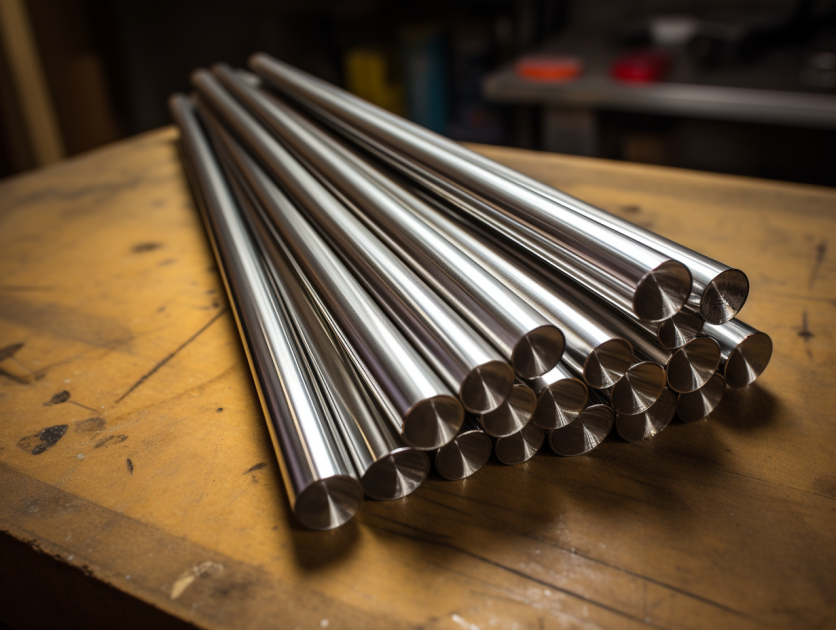
Типы твердых твердосплавных стержней
Понимание типов доступных твердосплавных стержней необходимо для выбора подходящего для вашего применения. Вот краткое описание:
| Тип | Описание | Приложения |
|---|---|---|
| Стандартные цельные стержни | Традиционные твердосплавные стержни без каналов для охлаждающей жидкости. | Режущие инструменты общего назначения, такие как сверла и развертки |
| Штоки с подачей охлаждающей жидкости | Внутренние каналы для охлаждающей жидкости улучшают охлаждение во время обработки. | Высокоскоростная обработка при перегреве |
| Стержни из микрозерна | Состоит из более мелких зерен карбида, что повышает твердость и износостойкость. | Высокоточные приложения, такие как микрообработка |
| Стержни с ультрамелким зерном | Еще более мелкое зерно, обеспечивающее превосходную отделку и резкость. | Области применения, требующие превосходной фиксации кромок |
| Усиленные стержни | Разработан с дополнительным содержанием кобальта для повышения прочности. | Сверхмощная обработка |
| Карбидные стержни на заказ | Нестандартные составы и размеры для конкретного применения. | Специальные требования к механической обработке |
| Заготовки твердосплавных стержней | Базовые формы стержней без особых свойств, используемые в качестве сырья для индивидуальной оснастки. | Общая оснастка и изготовление на заказ |
Анализ состава сырья Твердосплавные стержни
Твердые твердосплавные стержни изготавливаются в основном из порошка карбида вольфрама, смешанного с кобальтом для скрепления частиц между собой. Давайте подробнее рассмотрим состав этих стержней:
- Карбид вольфрама (WC): Формирует основной компонент, обладающий высокой твердостью и износостойкостью.
- Кобальт (Co): Используется в качестве связующего вещества для удержания частиц вольфрама вместе и обеспечивает ударопрочность.
- Дополнительные элементы: Другие элементы, такие как тантал и титан, могут быть добавлены для дальнейшего изменения эксплуатационных характеристик стержня.
Такое сочетание создает материал с непревзойденной твердостью, идеально подходящий для работы в условиях высоких нагрузок и температур, где традиционная сталь просто не годится.
Области применения твердосплавных стержней
Твердосплавные стержни незаменимы в различных отраслях промышленности. Вот как эти прочные стержни используются в различных областях:
| Промышленность | Приложение |
|---|---|
| Автомобильная промышленность | Прецизионная обработка деталей двигателя |
| Аэрокосмическая промышленность | Производство турбинных лопаток и конструктивных элементов |
| Нефть и газ | Буровые инструменты для суровых условий эксплуатации |
| Медицинское оборудование | Изготовление хирургических инструментов |
| Электроника | Производство микрокомпонентов |
| Инструмент и штампы | Производство пресс-форм и штампов |

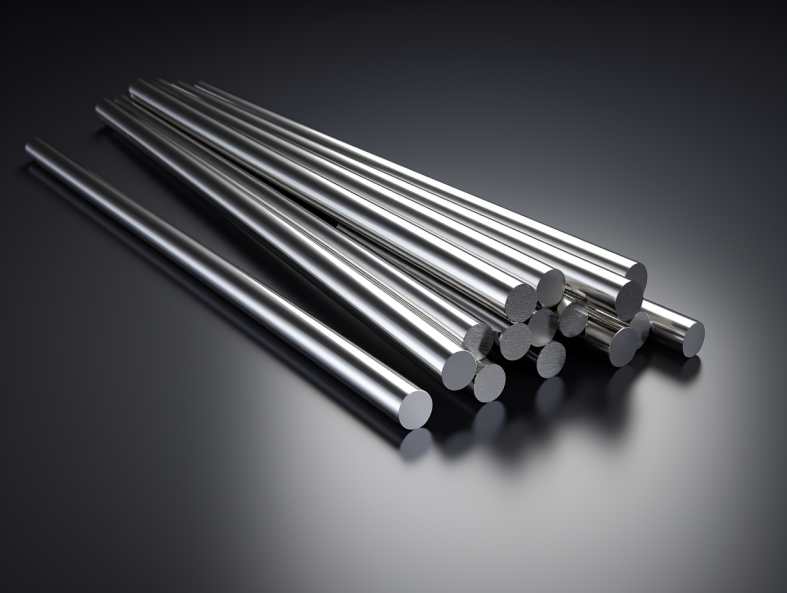
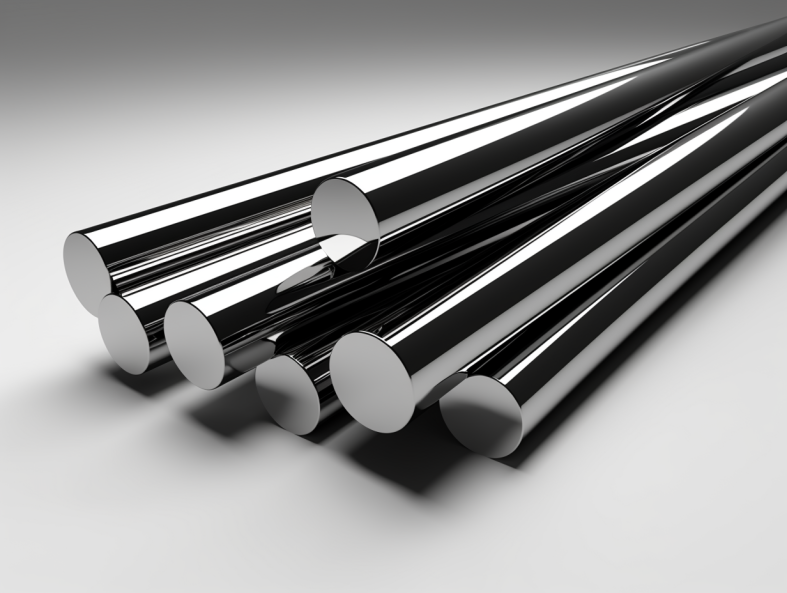
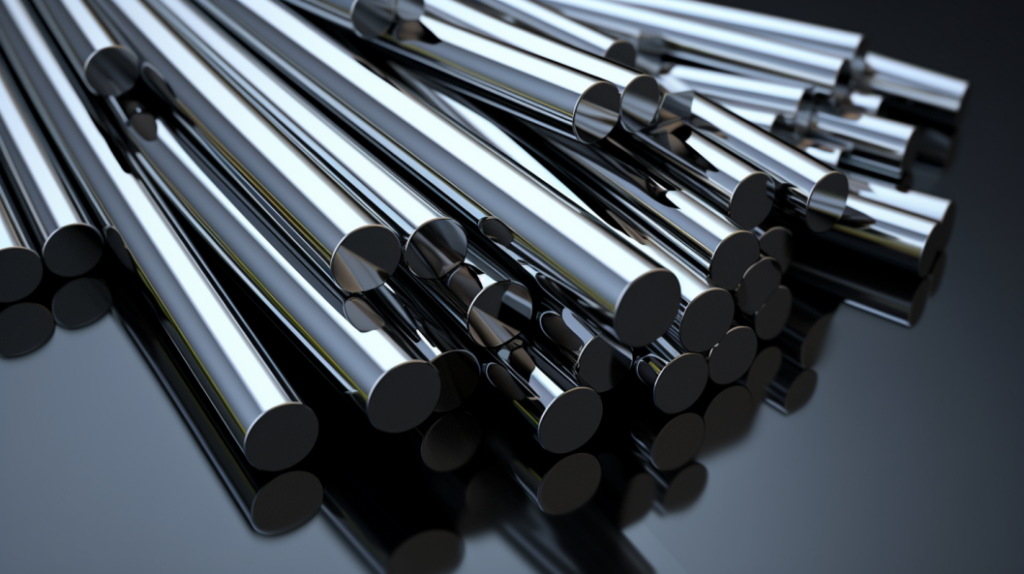
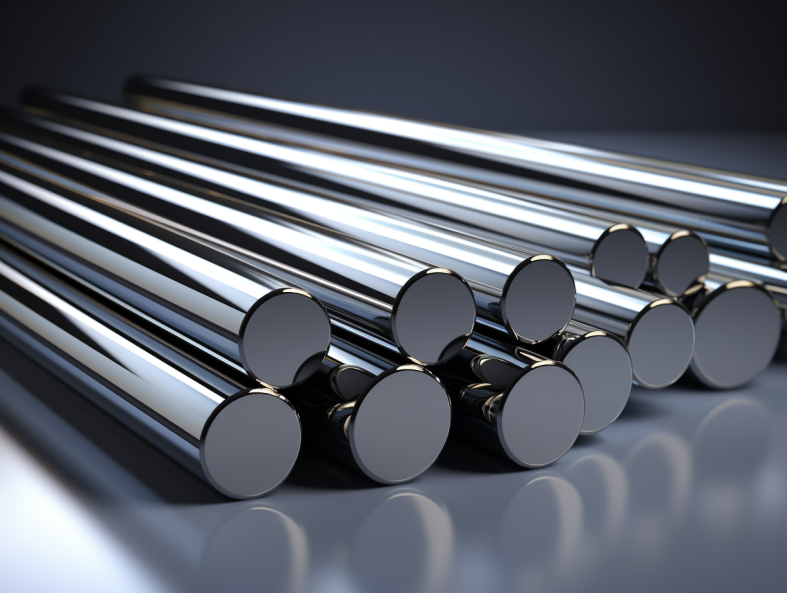
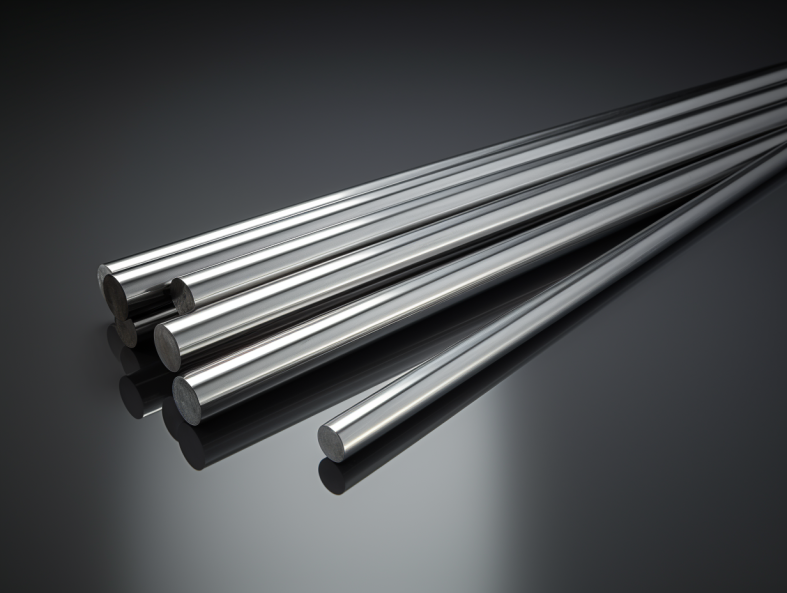
Технологический процесс производства твердосплавных стержней
Производство твердых твердосплавных стержней - это детальный процесс, включающий подготовку порошка, прессование, спекание и финишную обработку. Давайте пройдемся по каждому этапу.
- Подготовка порошка: Порошок карбида вольфрама смешивается с кобальтом и другими материалами.
- Нажатие кнопки: Смешанный порошок прессуется в форме стержня.
- Агломерация: Высокотемпературное спекание скрепляет частицы вместе, в результате чего получается прочный и долговечный материал.
- Отделка: Пруток вырезается по размеру, шлифуется и полируется в соответствии с конкретными требованиями.
Свойства материала твердосплавных стержней
| Недвижимость | Описание |
|---|---|
| Твердость | Очень высокие уровни твердости, часто превышающие HRC 90 |
| Прочность | Высокая прочность на сжатие, обычно около 4000 МПа |
| Термическое сопротивление | Выдерживает высокие температуры без потери твердости |
| Износостойкость | Отличная устойчивость к абразивному износу |
| Плотность | Обычно около 14,5-15,0 г/см³ |
Состав, свойства и характеристики различных марок твердого сплава
| Класс | Состав (соотношение WC/Co) | Твердость | Жесткость | Износостойкость | Приложения |
|---|---|---|---|---|---|
| WC-8Co | 92% WC, 8% Co | HRC 90 | Умеренный | Высокая | Общая резка |
| WC-10Co | 90% WC, 10% Co | КПЧ 88 | Высокая | Умеренный | Сверхмощная резка |
| WC-12Co | 88% WC, 12% Co | КПЧ 87 | Очень высокий | Умеренный | Удароопасные районы |
| WC-6Co | 94% WC, 6% Co | КПЧ 91 | Низкий | Очень высокий | Прецизионная резка |
| WC-4Co | 96% WC, 4% Co | КПЧ 92 | Очень низкий | Крайне высокий | Сверхтонкие инструменты |
Сравнение твердости, прочности и износостойкости
| Тип | Твердость (HRC) | Прочность (МПа) | Износостойкость |
|---|---|---|---|
| Стандартные стержни | 88-90 | 3000-4000 | Высокая |
| Микрозерно | 90-92 | 2800-3800 | Очень высокий |
| Ультратонкий | 92-94 | 2600-3700 | Экстрим |
Технические характеристики и размеры, доступные для Твердосплавные стержни
| Спецификация | Диаметр (мм) | Длина (мм) | Толерантность |
|---|---|---|---|
| Стандарт | 3-40 | До 330 | ±0,1 мм |
| Микрозерно | 1-20 | До 150 | ±0,05 мм |
| Нестандартные размеры | В соответствии с запросом | В соответствии с запросом | Настраиваемый |
Выбор подходящего твердосплавного стержня
Выбор подходящего твердосплавного стержня зависит от области применения. Необходимо учитывать такие факторы, как размер зерна, твердость и прочность.
| Критерии | Лучший вариант |
|---|---|
| Прецизионная обработка | Стержни с ультрамелким зерном для обработки с малыми допусками |
| Сверхмощная резка | Стандартные или усиленные стержни для повышения прочности |
| Термостойкость | Стержни с подачей охлаждающей жидкости для поддержания температурного режима |
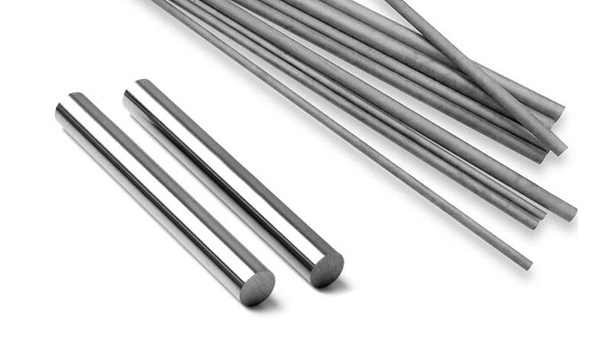
Преимущества и ограничения Твердосплавные стержни
| Преимущества | Ограничения |
|---|---|
| Исключительная твердость и износостойкость | Хрупкость в некоторых областях применения |
| Высокая термическая стабильность | Дороже, чем другие инструментальные материалы |
| Долгий срок службы при прецизионной обработке | Требует точного обращения |
ЧАСТО ЗАДАВАЕМЫЕ ВОПРОСЫ
| Вопрос | Ответить |
|---|---|
| Из чего изготавливают твердые твердосплавные стержни? | В основном карбид вольфрама с кобальтом в качестве связующего. |
| Почему стоит выбрать твердый карбид, а не сталь? | Карбид обладает повышенной твердостью, износостойкостью и термостойкостью. |
| Могут ли твердосплавные стержни выдерживать высокие температуры? | Да, они очень устойчивы к нагреву и износу при высоких температурах. |
| Существуют ли варианты изготовления твердосплавных стержней на заказ? | Да, многие поставщики предлагают индивидуальные размеры, состав и зерно. |
| Где можно купить стержни из твердого сплава? | Доступны у многочисленных промышленных поставщиков, некоторые из которых предлагают онлайн-заказ. |




